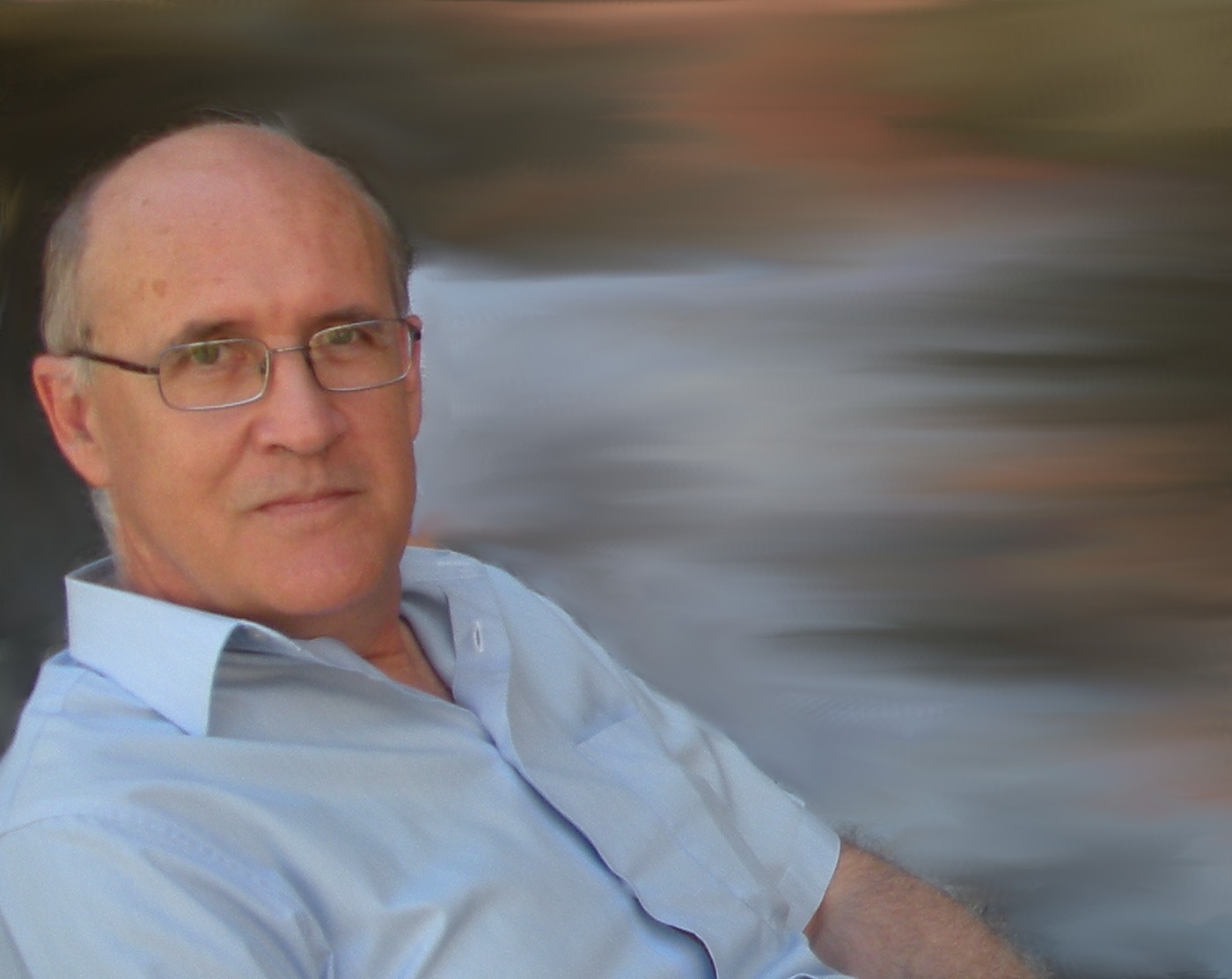“In the Institute of Theoretical Physics we want to answer the question 'what is dark energy?'”

Interview with LUIS IBÁÑEZ
Principal Investigator of the Severo Ochoa project of the Instituto de Física Teórica (IFT)
“Our centre has taken a major leap forward in many of the basic aspects of our Severo Ochoa project”
Luis Ibáñez is Full Professor in the Department of Theoretical Physics and member of the Institute of Theoretical Physics (IFT), Principal Investigator of the Severo Ochoa Project of that centre, and one of the presenters at the “100XCIENCIA” forum held on La Palma between 7th and 9th October. The IFT was founded officially in 2003 as a joint centre belonging to the Higher Council of Scientific Research (CSIC) and the Autonomous University of Madrid (UAM). It is the only Spanish centre devoted entirely to theoretical physics, and there they work on the frontiers between Elementary Particle Physics, Astroparticle Physics, and Cosmology, with the objective of finding the keys to nature and the universe.
“The IFT” assurers Luis Ibañez “has taken a great leap forward in many of the basic aspects of our Severo Ochoa Project, increasing even further our status of excellence in theoreticalo physics at international level.” Taking a look back at recent years he underlines the three priority lines of research along which they have advanced “Research of excellence in the theoretical physics of elementary particles, cosmology, and astroparticles, excellence in the training of researchers at Master’s, PhD and new postdoctoral levels, and popularization in general”.
The IFT now accepts a new challenge: “To maintain this tendency, and manage to recruit scientists from the international market, maintaining our commitment to train researchers, together with the transfer of knowledge to society”.
In the purely scientific field there are dozens of questions which they are asking. They are working to answer the most pressing questions in basic physics. “Why does the Higgs boson have such special properties? Does supersymmetry work, and is it detectable via the LHC? What is dark matter made of? What is dark energy? Is string theory the final theory which will unify quantum gravity and particle physics? What is the origin of the asymmetry between matter and antimatter. Does inflation give us a complete description of the cosmic microwave background? How can we understand the observed masses of the elementary particles? There are a lot of questions but the scientists at the IFC are working to find answers to all of them.
The “100XCIENCIA” forum has suggested pooling the outreach and communication activities of all the Severo Ochoa centres. The IFT has a lot to show about this. In June 2015, in collaboration with the Thyssen Museum of Madrid, they produced an outreach session called Science meets Art, with a series of popular lectures combined with lectures by artists and art critics, as well as an exhibition of works from the Museum with a scientific connection. “The initiative was a great success” says Ibáñez.
In addition they have organized a series of conferences about the fundamentals of physics at the Residencia de Estudiantes CSIC (Madrid Science Weeks, 2013 and 2014) and in the lecture theatre of the CSIC (celebrating the 100th anniversary of General Relativity) in May 2015, with a good average audience of over 200. To these activities they add four international Google Hangouts in 2014 about various themes. All of these lectures were recorded and are available on the YouTube Channel of the IFT, which has some 8,ooo followers and 270,00 views in total. They have started to produce a set of outreach videos. The first of them, with the title “What is dark matter?”, is now available on their YouTube channel, and they are preparing others on subjects such as dark energy, string theory, and so on.
In activities directed at education, they have given over 70 talks to secondary schools in the Madrid area about particle physics and cosmology, and have organized four courses for school teachers, in collaboration with the Community of Madrid.
Along the same lines, taking physics to Schools, they organized the International Hands-on Particle Physics Masterclasses in March 2014 and 2015 for pre-university students, in coordination with the Particle Physics Outreach Group. In these classes the students used real data from measurements at the LHC at CERN.
The list of activities is long. They participated in the “European Researchers’ Night” and have taken on the ceremony of giving diploma certificates to students at the high schools in Madrid who were finalists in the CERNland contest 2014.
In recent years they have published popularizing books such as Los agujeros negros (Black holes) by J.F. Barbon, and La materia oscura (Dark Matter) by A. Casas.
Coordination of interviews: Verónica Martín




